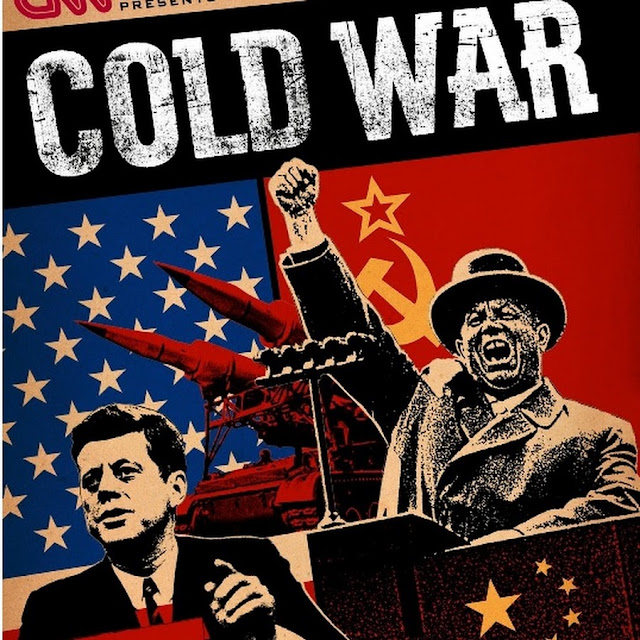to. Europe, first issue of tensions
After World War II, most of the Central and Eastern Europe is found under the control of the Soviet Army that liberated these territories. The USSR takes this presence to ensure government leadership in place and install them Communist Party members who control key positions (Ministries of Interior, of the Army, Justice, Economy ...).
Popular democracies and set up in 1946 in Bulgaria, Poland and Romania in 1947 or Czechoslovakia in February 1948. This coup was denounced by Westerners. Winston Churchill, British prime minister during the war, in 1946 speaks of an "iron curtain" that fell in Central Europe, the Baltic to Trieste. The Americans, anxious to help European States affected by the conflict, are concerned about the fate of democracy on the continent.
At the heart of Europe, Germany has a particular spell. The country is divided into zones of occupation since the end of war: Americans, British and French occupied the western part, the Soviets eastern.
In this Germany managed by previous Allies, Berlin is likewise encountering a quadripartite occupation, as indicated by the same example.
Stalin, First Secretary of the Soviet Communist Party, despises the Western vicinity in West Berlin. It considers this part of the city, an enclave in socialist zone must come back to the USSR since it is the Red Army that freed the previous capital of the Reich. It ought to be considered as "blood cash", the simply remunerate the immense misfortunes endured by the Soviets.
The burst of 1947 and the first Berlin emergency
In March 1947, US President Henry Truman delivers the US Congress to be voted as a monetary and budgetary guide arrangement for Europe. This is through what is known as the Marshall Plan, quicken the recuperation of the mainland while guaranteeing the protection of the equitable model. The arrangement must control the spread of socialism in Europe.



























No comments:
Post a Comment